Aspirating Smoke & Gas Detectors
Air sampling smoke detectors continuously measure a room's air quality for early signs of combustion, even before smoke is visible. Fike offers a comprehensive selection of early warning detection systems and unmatched application-specific technical support for any air sampling needs.
Xtralis VESDA-E Aspirating Smoke Detectors
Xtralis’ premium family of air sampling detection systems includes dramatically increased sensitivity – up to 15 times greater than previous models – flexibility for deployment in a wide variety of applications, multi-port addressability, unparalleled connectivity and expansion options, and field upgradability.
| VESDA-E-VEP | VESDA-E VES | VESDA-E VEU | VESDA-E VLI | VESDA-E VEA | |
|---|---|---|---|---|---|
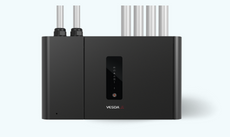 |
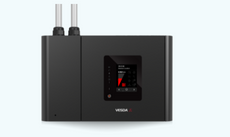 |
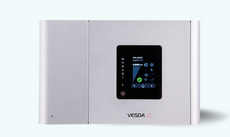 |
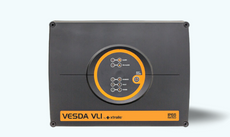 |
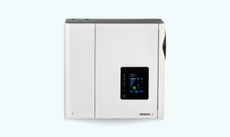 |
|
Function |
Mainstream aspirating smoke detector |
Sector addressable aspirating smoke detector |
Highest sensitivity aspirating smoke detector |
Industrial aspirating smoke detector |
Centralized aspirating smoke detector |
Benefit |
Combines advanced air sampling detection technology with flexibility for use in a wide range of applications. |
Monitors smoke density by individual pipe, allowing a single zone to be divided into four sectors where pinpoint location is essential. |
Offers an ultra-wide sensitivity range, long linear piperuns and more sampling holes, ideal for high airflow or high-ceiling environments. |
Designed to protect industrial applications and harsh environments with a fail-safe intelligent filter and advanced clean-air barrier. |
Includes the performance of smoke detectors with centralized testing and maintenance; ideal for hospitals, hotels and other highly populated buildings. |
Approvals |
UL | ULC | FM | VdS | CE | CSFM | NF-SSI | VNIPO | ActivFire | CCC | EN |
UL | ULC | VdS | CE | CSFM | ActivFire | EN 54-20 | ISO 7240-20 |
UL | ULC | FM | VdS | CE | CSFM | NF-SSI VNIPO | ActivFire | CCC | EN 54-20 | ISO 240-20 |
UL | ULC | FM | CE | ActivFire,UKCA | LPCB | NF | SIL 2 | EN54-20 |
UL | ULC | FM | VdS | CE | CSFM | EN 54-20 | ISO 7240-20 | ActivFire |
Fike High-Level Interface (HLI)
Intelligently links Xtralis VESDA-E devices connected to the VESDAnet with Fike fire control panels.
Fike HLI transmits VESDA devices’ real-time data, including current airflow status, smoke level status, fault status and more to the control panel where it is visually displayed. The control system will then respond to events based on system configuration.
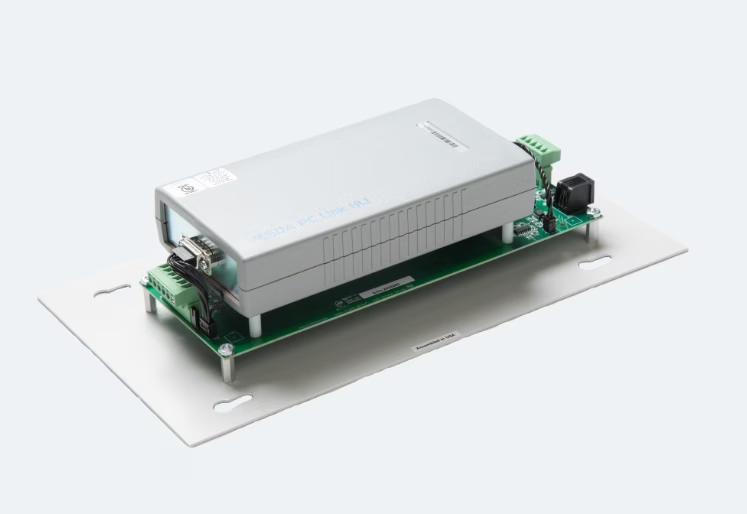
Gas Detection Systems
For many industries, the ability to quickly detect harmful gases and facilitate evacuation or building management functions is critical. Integrating gas detection into a Fike fire detection system ensures a comprehensive solution to protect your facility from a full range of unique hazards.
| Sensepoint XCD | Sensepoint XCL Large Bore | Sensepoint XCL Micro Bore | Li-ion Tamer Gas Detection | |
|---|---|---|---|---|
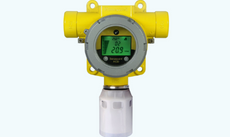 |
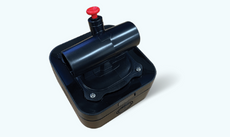 |
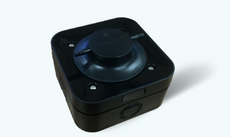 |
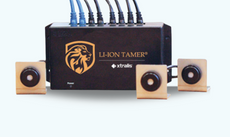 |
|
Function |
Industrial gas detector |
Aspirating gas detector |
Aspirating gas detector |
Energy storage system gas detector |
Benefit |
Monitors flammable and toxic gas hazards in industrial and commercial environments; comes pre-configured and offers simple installation on surfaces and horizontal or vertical pipes. |
Used in tandem with an Xtralis aspirating smoke detection pipe network to identify early warning signs of both harmful or explosive gasses and fire hazards. |
Used in tandem with an VESDA-E VEA aspirating smoke detection pipe network to identify early warning signs of both harmful or explosive gasses and fire hazards. |
Monitors battery energy storage systems for off-gas of a malfunctioning lithium ion battery; connects with BMS or fire panel to shut down power. |
Approvals |
EN/UL/IEC 61010-1 | CE | UL2075 |
CE | ETL | EN/UL/IEC 61010-1 | CE | UL2075 |
CE | EN | UL | EN/UL/IEC 61010-1 | CE | UL2075 |
CE | ETL | ETL listed to UL 61010 | EN 61326 | RoHs 3 EU 2015/863 |
How does air sampling work?
- Air Drawn
-
VESDA is an active system, continuously drawing air via a fan through multiple sampling holes along a network of pipes and into a highly sensitive detector.
- Dust Removal
-
Prior to entering the chamber, the air sample passes by a flow sensor through the aspirator and a dual-stage filter, which removes dust and dirt from the air.
- Smoke Particles Examined
-
The sample proceeds into the chamber where even low levels of smoke particles will cause a laser light to scatter, which is instantly detected by the light receiver.
- Alarms Activate
-
The presence of smoke will then be notified by the fire control panel by activating horns and strobes or pre-programmed voice messaging to either evacuate the facility or instruct personnel to extinguish the fire.
- Suppression Systems Activate
-
If applicable, a releasing panel will activate relays to dispense pre-action sprinkler systems or special hazard suppression onto the protected space.
What are the benefits of air sampling versus conventional smoke detectors?
Both types of conventional smoke detectors (photoelectric and ionization) require smoke to reach the ceiling before activating. For many environments, these smoke detectors provide an early enough warning to locate portable fire extinguishers, notify fire fighters and/or evacuate the building, depending on the severity of the fire.
However, these types of smoke detectors are not ideal for environments with mission critical assets when very early warning detection is critical. In environments such as data centers where cooling and air flow is constant, any smoke from a fire could be diluted and not reach a smoke detector early enough to prevent damage.
For these types of applications, air sampling detection systems are required because of their ability to detect even the smallest traces of smoke in the environment.
Another reason air sampling devices may be chosen is because unlike smoke detectors they do not interfere with electromagnetic waves and other systems found in hospitals, MRI rooms and anechoic chambers. The air sampling unit is located outside of these rooms, and the non-interfering pipe network is routed through the protected space.
Finally, air sampling may help reduce maintenance costs. For example, in atriums, conference centers, expos and other high-ceiling buildings, providing periodic maintenance to smoke detectors and changing their batteries will likely require the use of a scissor lift and hours of labor. Conversely, an air sampling unit is easily accessible.

How do gas detectors work?
- Harmful Gas Detected
-
A gas detector identifies elevated levels of gas for which the detector is calibrated and relays the information to the fire panel.
- Alarm Activates
-
The fire control panel goes into alarm, activating horns and strobes or pre-programmed voice messaging to alert occupants to evacuate a specific area or the entire building.
- Building Relays Activate
-
Depending on the environment and the severity of the situation, the fire panel may initiate building functions such as activating ventilation systems.
